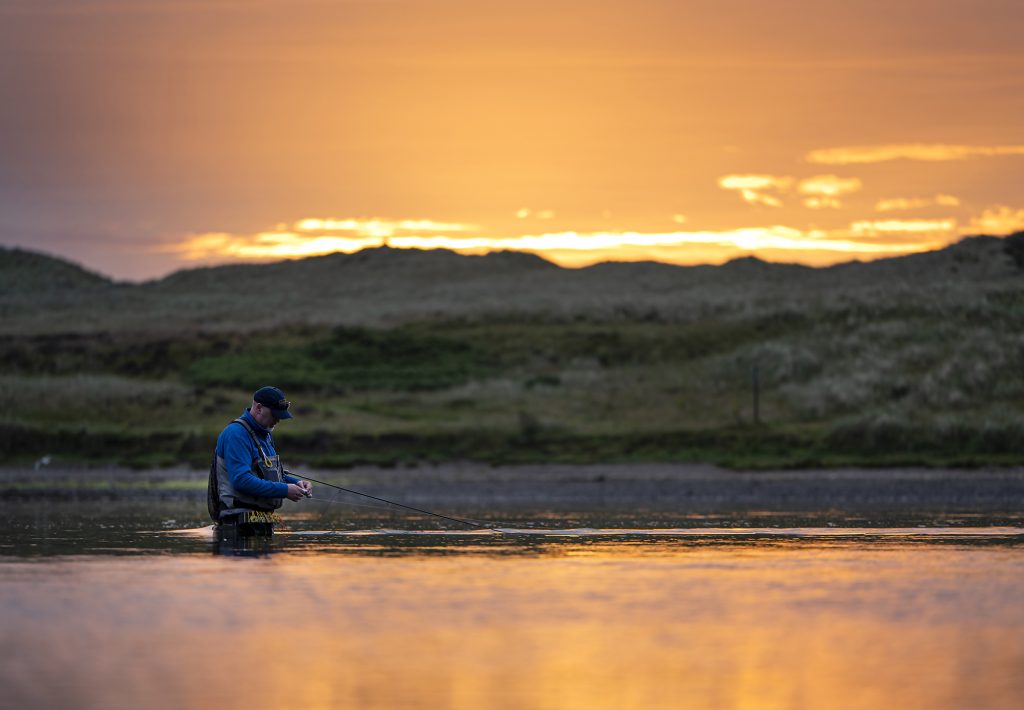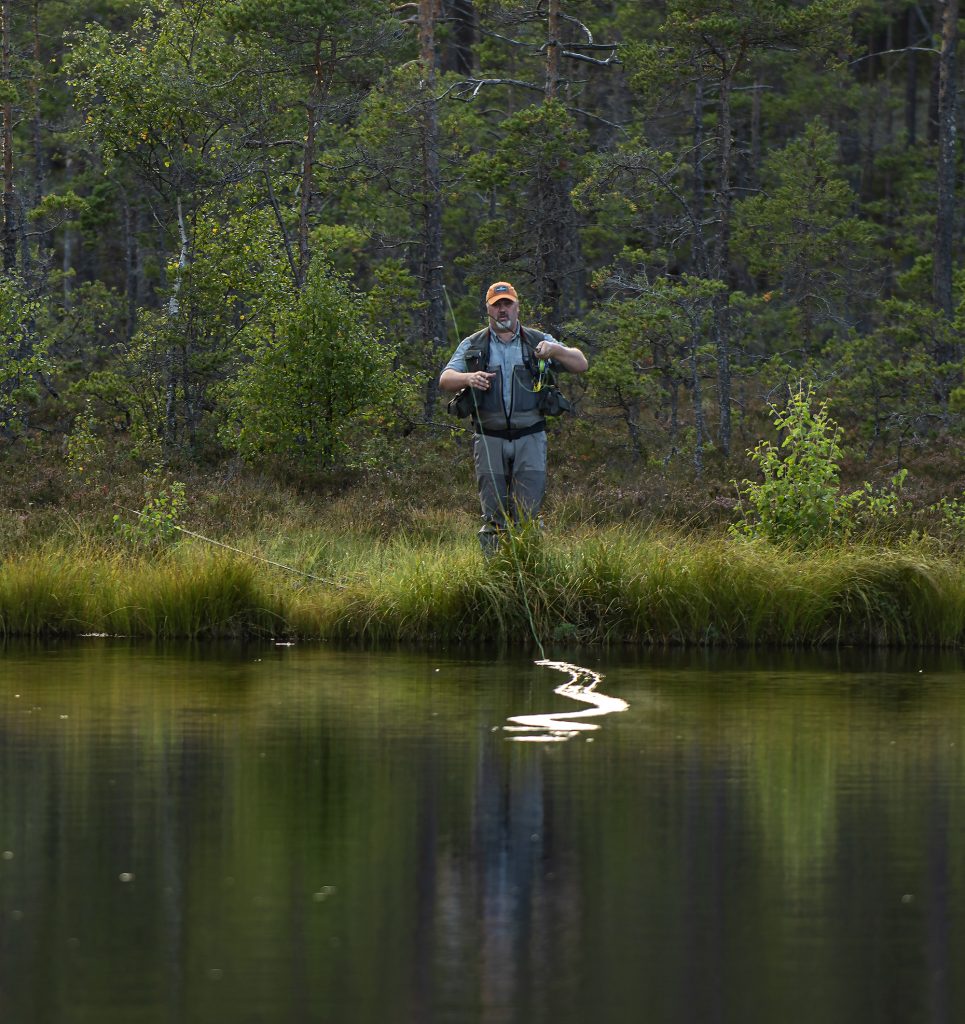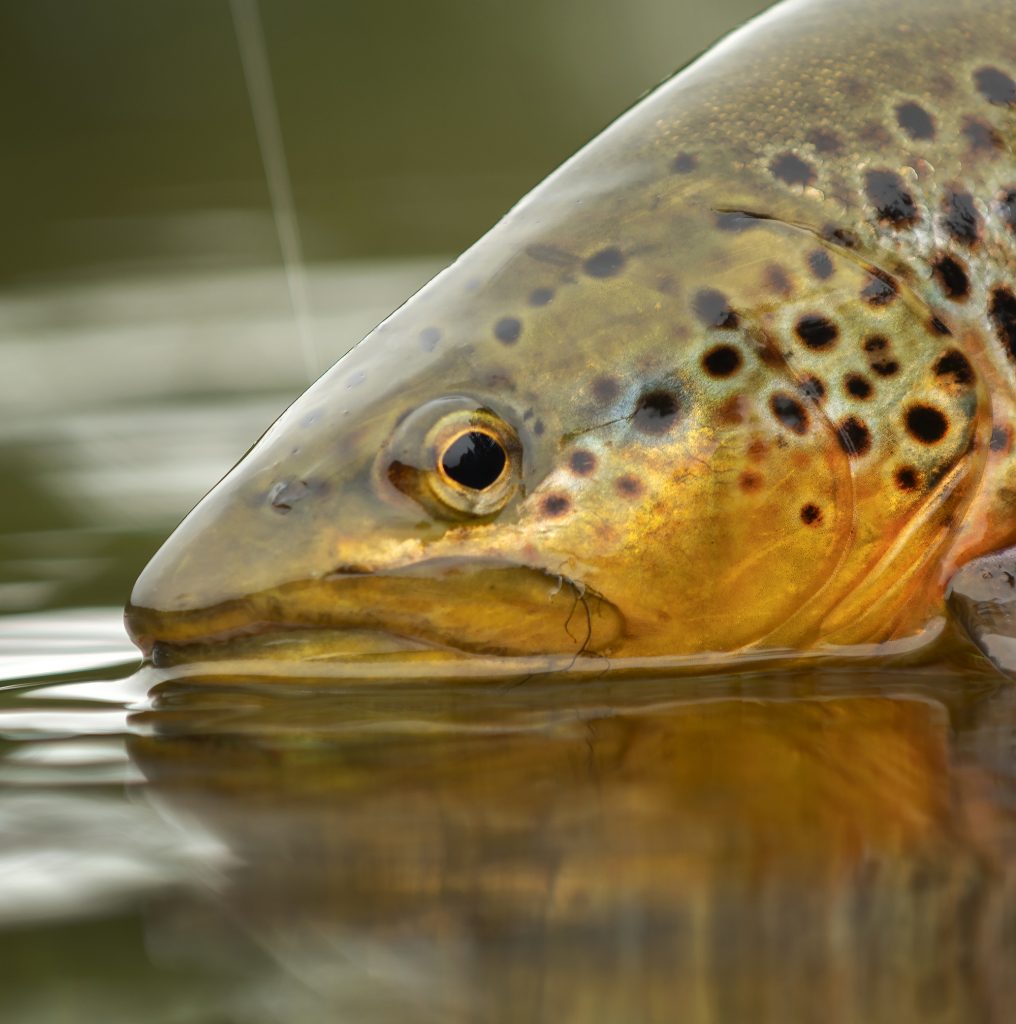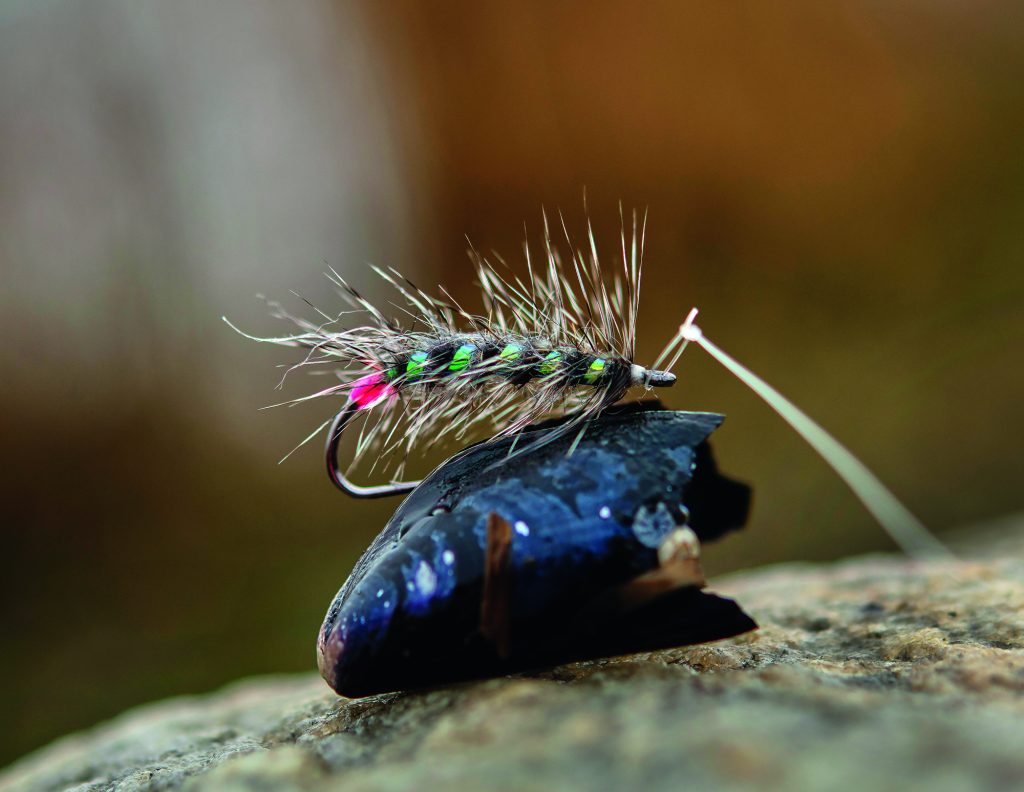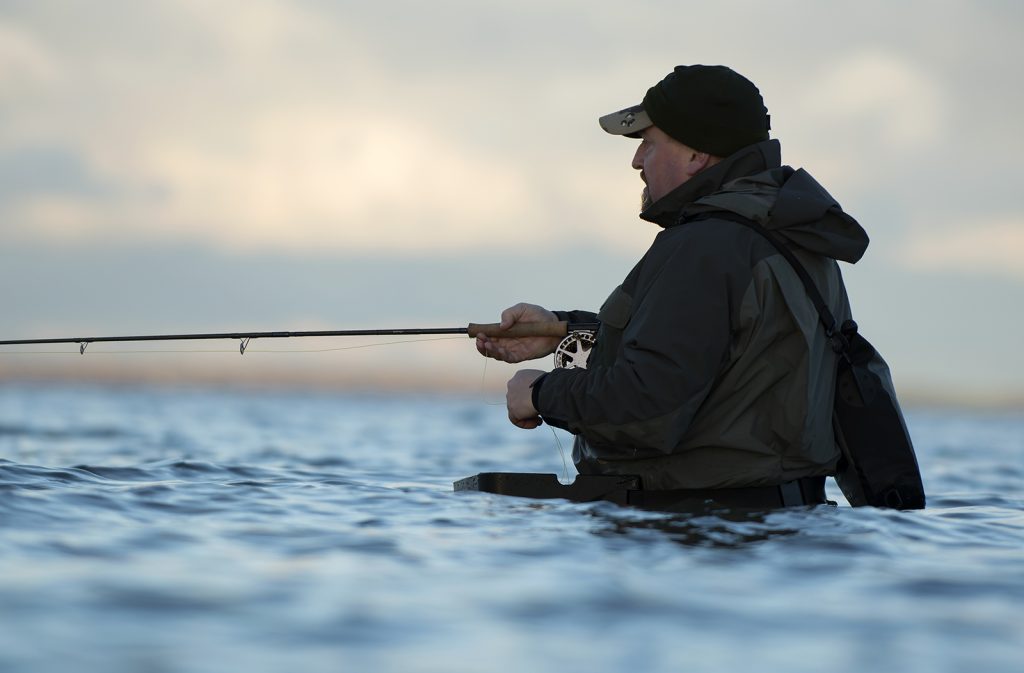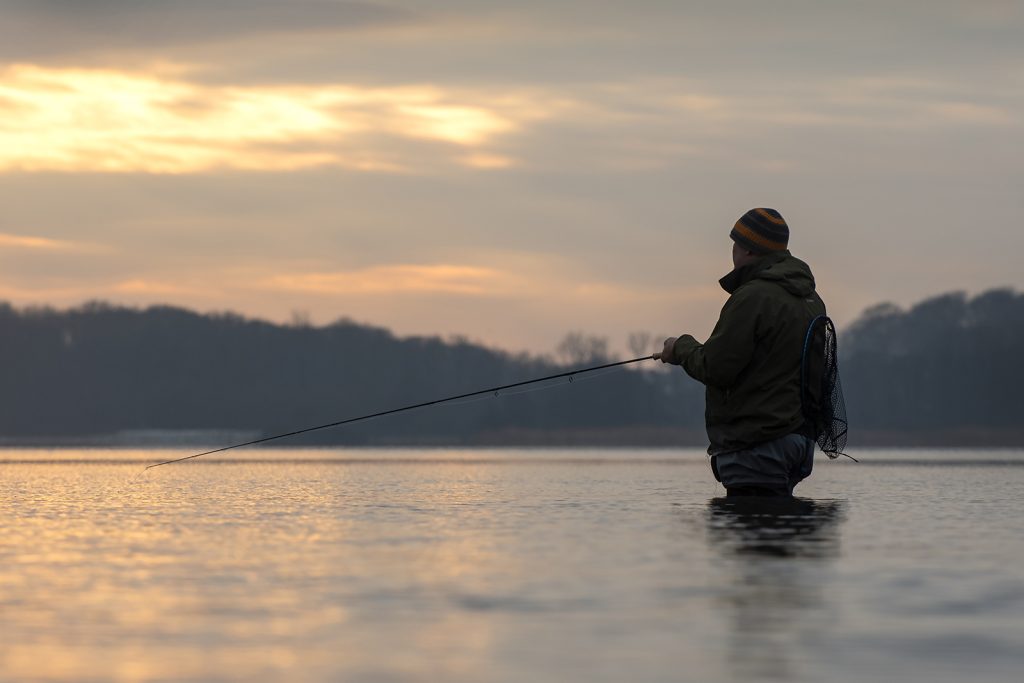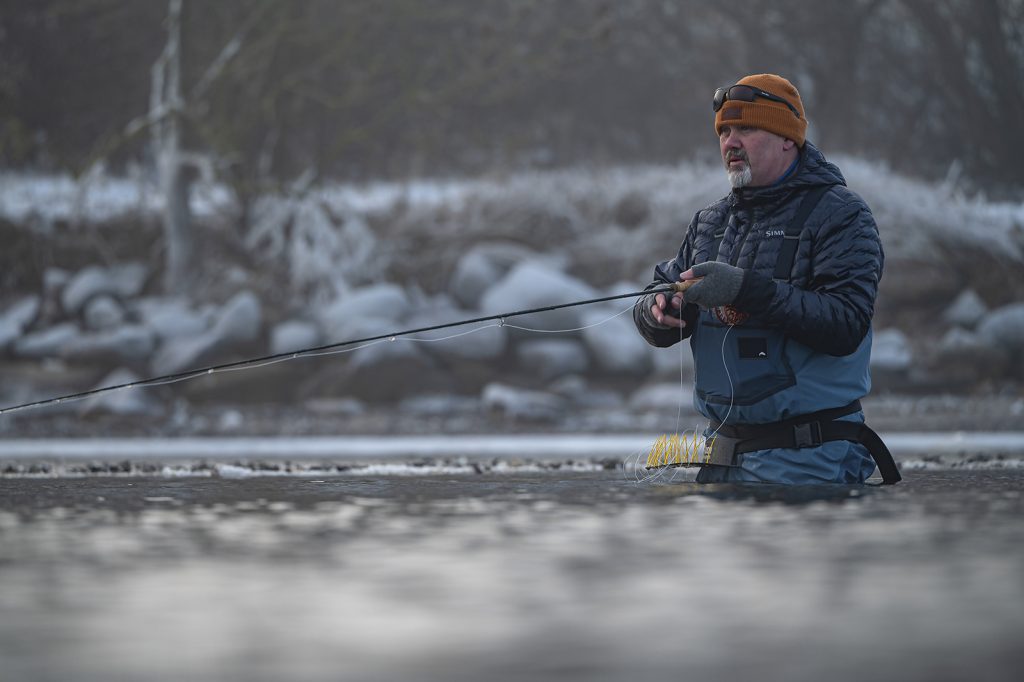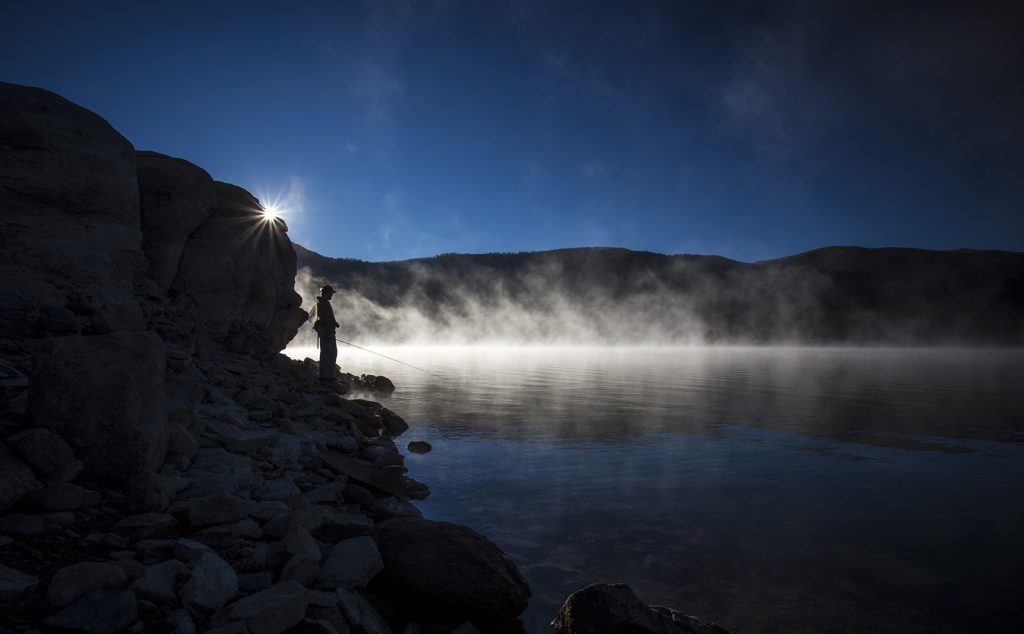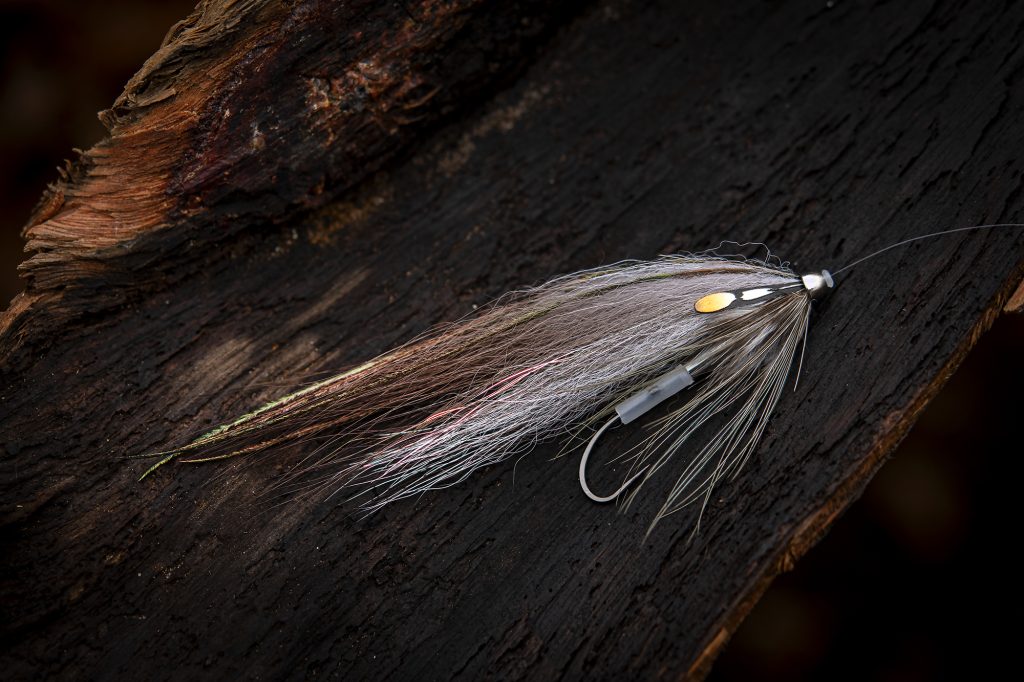
Among the most classic salmon flies and patterns that most fly fishers recognize, even if they don’t fish for salmon, are Jock Scott and Green Highlander. However, many are also familiar with names like Black Doctor, Silver Doctor, Blue Doctor, Durham Ranger, and Thunder & Lightning. What many don’t know is that all these latter patterns were created by the same person.
Continue reading “Silver Grey Tube Variant”
